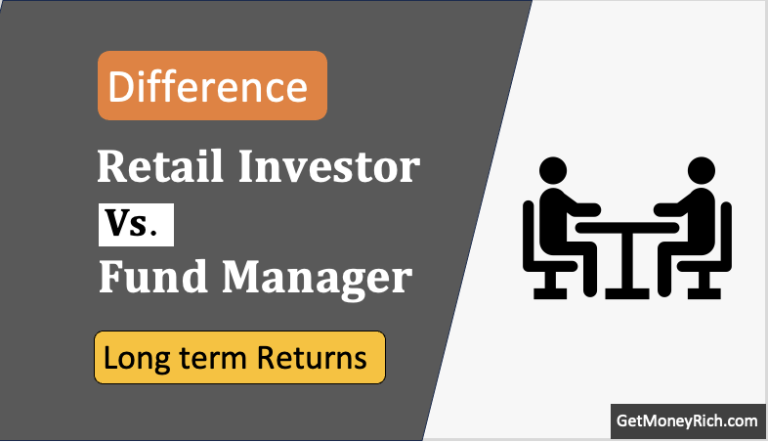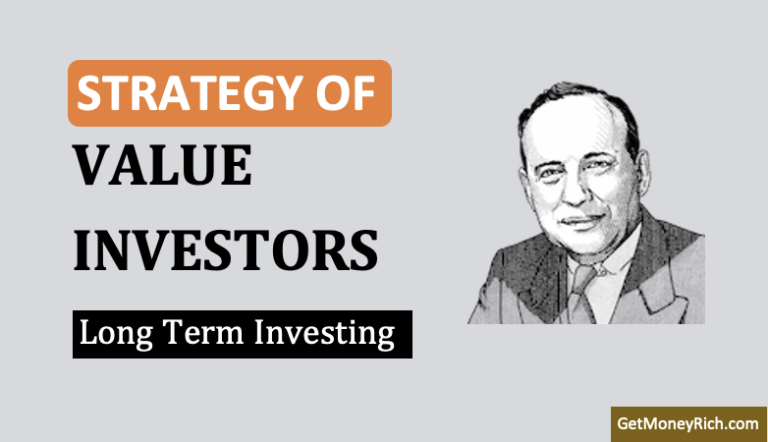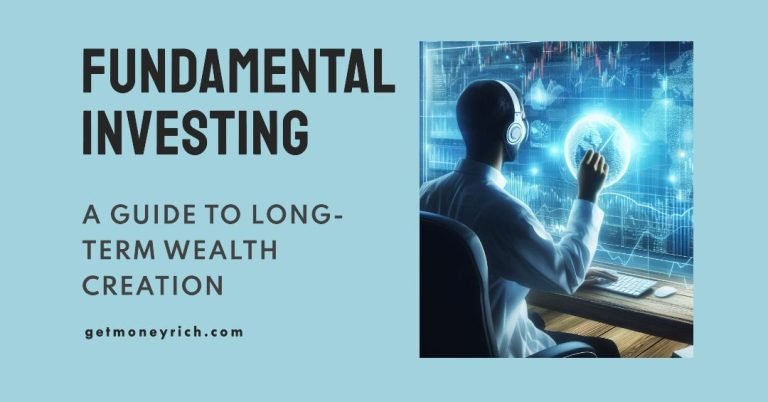Consider this, you’re 18, just starting to figure out money, and already dreaming of a future where your cash works harder than you do. Investing can feel like a maze, but it doesn’t have to be, especially when you’ve got a simple, powerful tool like index funds in your corner. Today, we’re diving into one teen’s plan to turn a $400 monthly allowance into long-term wealth with VOO (ETF), and how you can make it work too. Recently, I got a similar note from a teenager and I’m sharing with you our interaction in form of this blog post.
So, I heard you’re an 18-year-old with a solid game plan, $400 a month in allowance, and you’re thinking of tossing $200 of it into VOO every month for the long haul. First off, can I just say: props to you! Starting to invest at 18? That’s the kind of move that makes your future self want to high-five you through a time machine. I love that you’re already thinking long-term, and since you’ve got a comfy setup living with your parents (no rent, no emergency fund stress), you’re in a prime spot to kick off this journey. Let’s unpack your plan, tweak it where it needs tweaking, and chat about whether VOO alone is your golden ticket, or if you might want to spice things up a bit.
First Things First: Why VOO Is a Rockstar Choice
VOO, for anyone new to the party, is the (Vanguard S&P 500 ETF).
It’s like buying a tiny slice of the 500 biggest, baddest companies in the U.S., think Apple, Microsoft, Amazon, the whole crew.
You’re not betting on one horse; you’re betting on the whole racetrack.
Historically, the S&P 500 has averaged about 7-10% annual returns over the long term (after inflation, taxes, and all that jazz), which makes it a pretty darn reliable way to grow your money if you’re patient. And at 18, patience is your superpower, time is on your side like a loyal best friend.
Your $200-a-month plan? Let’s crunch some quick numbers to get you pumped.
If you stick with that for 30 years and assume an average 8% return (not guaranteed, but a decent ballpark), you could be sitting on around $300,000 by the time you’re 48.
SIP Calculator
Total Investment: $0
Future Value: $0
Annualized Return: 0%
Bump that up to $300 a month once you start working, and we’re talking closer to $400,000. That’s the magic of compound interest, it’s like planting a tiny seed now and watching it grow into a giant oak tree later.
So, yeah, VOO is a fantastic starting point. Low fees (0.03% expense ratio, basically peanuts), broad diversification, and a set-it-and-forget-it vibe.
You’re off to a killer start.
Are You Good to Go With Just VOO?
Here’s the million-dollar question, is VOO enough?
Honestly, for most people, especially someone just dipping their toes into investing, it’s more than enough. Why?
Because it’s simple, it’s steady, and it’s low-maintenance. You don’t need to stress about picking individual stocks or chasing the next big thing. Plus, since you’re living at home with a safety net, you don’t need to worry about keeping a big chunk of cash liquid for emergencies.
That frees you up to let this money ride the market’s ups and downs over decades.
But let’s be real for a sec. VOO is awesome, but it’s not perfect.
It’s 100% U.S. stocks, heavily weighted toward big companies (called large-cap stocks). If the U.S. economy takes a hit, like it did in 2008, or if tech giants stumble, VOO will feel it.
It’s not super volatile compared to, say, crypto or meme stocks, but it’s not immune to downturns either. And it doesn’t give you exposure to international markets, small companies, or other asset classes like bonds or real estate.
Does that mean you’re doomed? Nope! It just means there’s room to think about diversifying down the road if you want to.
For now, though? Sticking with VOO is totally fine.
You’re 18, not 48. You’ve got time to figure out the fancy stuff later. The key is that you’re starting, and starting simple is better than overcomplicating things and getting paralyzed.
Should You Take More Risk?
You asked about risk, and I’m guessing there’s a little part of you that’s like, “Hey, I’m young—should I go wild and chase some bigger wins?”
It’s a fair question.
At your age, you can afford to take more risk because you’ve got decades to recover from any flops. But “more risk” doesn’t mean throwing your money into random meme stock picks or crypto moonshots (unless that’s your vibe—more on that in a sec). It’s about finding a balance that keeps you growing without losing sleep.
Here’s a thought, VOO is already a moderate-risk play, it’s not as safe as a savings account, but it’s not gambling either.
If you want to dial up the risk a notch in a smart way, you could split your $200 across a couple of ETFs.
- Maybe keep $150 in VOO and
- toss $50 into something like VXF (Vanguard’s Extended Market ETF). VFX focuses on smaller U.S. companies. Small-caps can be bumpier, but they’ve got higher growth potential over time.
- Or, if you’re curious about the world beyond the U.S., you could dip another $50 into VXUS (Vanguard Total International Stock ETF) for some global flavor.
A mix like that still keeps things simple and low-cost while spreading your bets a bit more.
Now, if you’re tempted by spicier stuff, like individual stocks or crypto, here’s my two cents: go for it, but use “fun money,” not your core $200.
Maybe take $20 or $30 from your leftover allowance and play around with it. Buy a stock you believe in, or dabble in Bitcoin. It’s a low-stakes way to learn without derailing your main plan.
Just don’t expect me to cheer you on if you YOLO it all into Dogecoin, okay?
Tips to Make This Work Like a Charm
Alright, let’s get practical. You’ve got the big idea down, but here’s how to nail the execution:
- Automate It: Set up an auto-transfer from your bank to your brokerage (like Vanguard, Fidelity, or wherever you’re investing). $200 out on the 1st of every month, straight into VOO. No temptation to spend it on pizza or sneakers—just pure, effortless investing.
- Dollar-Cost Averaging Is Your Friend: Don’t stress about timing the market. By putting in $200 every month, you’re buying whether VOO is up or down. Over time, that smooths out the bumps and gets you a solid average price.
- Check In, But Don’t Obsess: Pop into your account once a quarter to see how it’s growing. Watching it daily will just make you anxious, trust me, I’ve been there.
- Up the Ante When You Can: You mentioned increasing your allocation once you start working. Love that. Even bumping it to $300 or $500 a month later could turbocharge your growth. Start dreaming about what that extra cash could do.
- Learn as You Go: Grab a book like The Little Book of Common Sense Investing by John Bogle (the Vanguard legend). It’s short, sweet, and will make you feel like a pro. Or listen to a podcast like “The Money Guy Show”, they’re chill and break this stuff down.
- Taxes, Schmaxes: Since you’re investing long-term, you won’t owe taxes until you sell (way down the road). But keep your statements anyway, future you will thank you.
What If the Market Crashes?
Let’s address the elephant in the room, what happens if the market tanks?
It will, at some point, maybe not tomorrow, but sometime in the next 30 years (probably more than once).
When it does, don’t panic. Your $200 might buy fewer shares one month, but the next month it’ll buy more.
That’s the beauty of sticking with it.
Historically, the S&P 500 always bounces back, it’s like a superhero with a killer comeback story. At 18, you’ve got the luxury of waiting it out.
Conclusion
Here’s the bottom line, your VOO plan is legit.
You’re starting young, keeping it simple, and leveraging your no-expenses lifestyle to build something real. Are there ways to tweak it? Sure, adding a little small-cap or international exposure could juice things up over time. Want to take a small swing at higher-risk stuff? Go for it with some side cash.
But if you just stick with VOO and keep piling in that $200 (and more later), you’re setting yourself up for a seriously impressive nest egg.
So, am I saying you’re good to go? Heck yes.
You’re not just good, you’re ahead of 99% of 18-year-olds. Keep it up, stay curious, and don’t be afraid to adjust as you learn.
What do you think, any other ideas floating around in your head? I’d love to hear where you take this next.
Have a happy investing.





![How To Build A Winning Stock Portfolio [India]](https://ourwealthinsights.com/wp-content/uploads/2010/06/Stock-Portfolio-Image.png)